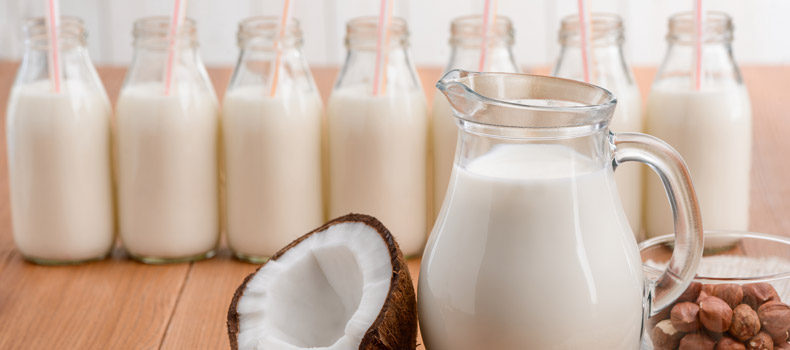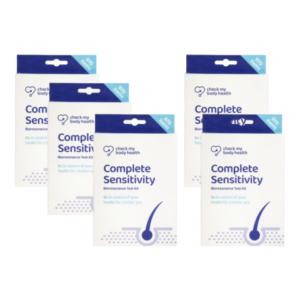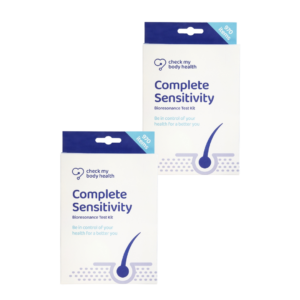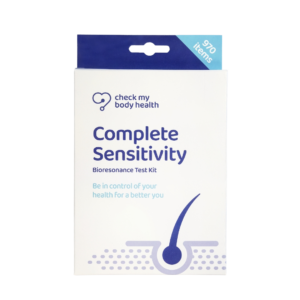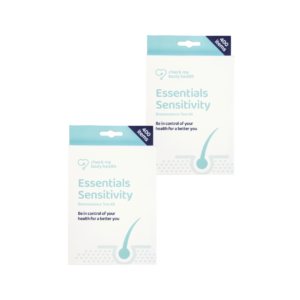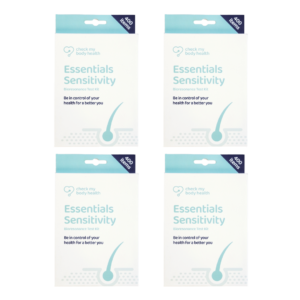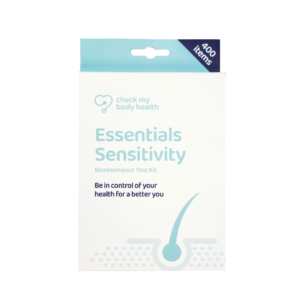Lactose is the natural sugar found in milk and dairy products. Being intolerant to lactose is a common problem in the Western world. A lactose intolerance is caused by not having enough of an enzyme called lactase in the body. Lactase breaks lactose down into two simple sugars; glucose and galactose. If lactose isn’t broken down, it will remain in the gut, where the bacteria that naturally live there ferment it. This process of fermentation produces gas, which causes the digestive problems associated with lactose intolerance. Having a lactose intolerance doesn’t mean that you have a milk or dairy allergy. A milk or dairy allergy is more serious and even consuming a drop of milk by accident can cause a serious allergic reaction.
The Symptoms of Lactose Intolerance
If you’re lactose intolerant, within as little as an hour, you may experience some or all of the following symptoms:
- Flatulence (excess, often foul smelling, wind)
- Stomach pain and bloating
- Gurgling or rumbling noises coming from your stomach
- Sudden diarrhoea
- Nausea
Your symptoms may be mild, moderate or severe, depending on how intolerant to lactose you are, and how much you’ve consumed. Everyone with a lactose intolerance is different. You may be able to tolerate a cheese sandwich with only mild symptoms. Someone else may not be able to drink a cup of tea with a tiny splash of milk without suffering severe consequences.
Modifying Your Diet
The only way to manage your lactose intolerance is to modify your diet. Sadly, if you love cheese or like to add cow’s milk to your morning cereal, these are out. You know your own limits. If you know that eating a chocolate bar will mean having stomach pains for the rest of the day, but you really can’t resist a treat and you’re prepared for the fallout, then treat yourself. Remember, an intolerance isn’t life threatening, but it can be very uncomfortable. Thankfully, with the recent rise in veganism (a diet where all animal products are avoided, including all milk and dairy) comes a rise in innovative dairy free foods. Milk wise, you have the most choice. Dairy free milks made from soya, oats, almonds, peas, cashews and rice are all readily available. There are also now plenty of dairy free yoghurts, cream, crème fraiche and cheese available.
Getting All the Nutrients You Need
Avoiding dairy products means that you may lack vital nutrients such as calcium; which can lead to low bone mineral density and eventually weak, brittle bones that break more easily, and vitamin A. But with a few careful considerations, there’s no need to let this happen. Make sure you eat plenty of calcium rich foods such as green, leafy vegetables (cabbage, kale and broccoli are best), brown bread fortified with calcium, pulses, sesame seeds and tofu. Eggs, oily fish and meat are excellent sources of vitamin A and orange, red and yellow fruit and vegetables (sweet potatoes, carrots, mango, butternut squash, dried apricots, melon, red peppers and peaches) are great choices for vegetarians or vegans as they are full of beta carotene, which can be converted to vitamin A in the body. There’s never been a better time for experimenting with dairy free milks, cheese and yoghurts. So, try a few and see which ones you like best. They may taste a little different to begin with, but your stomach really will thank you for it.

